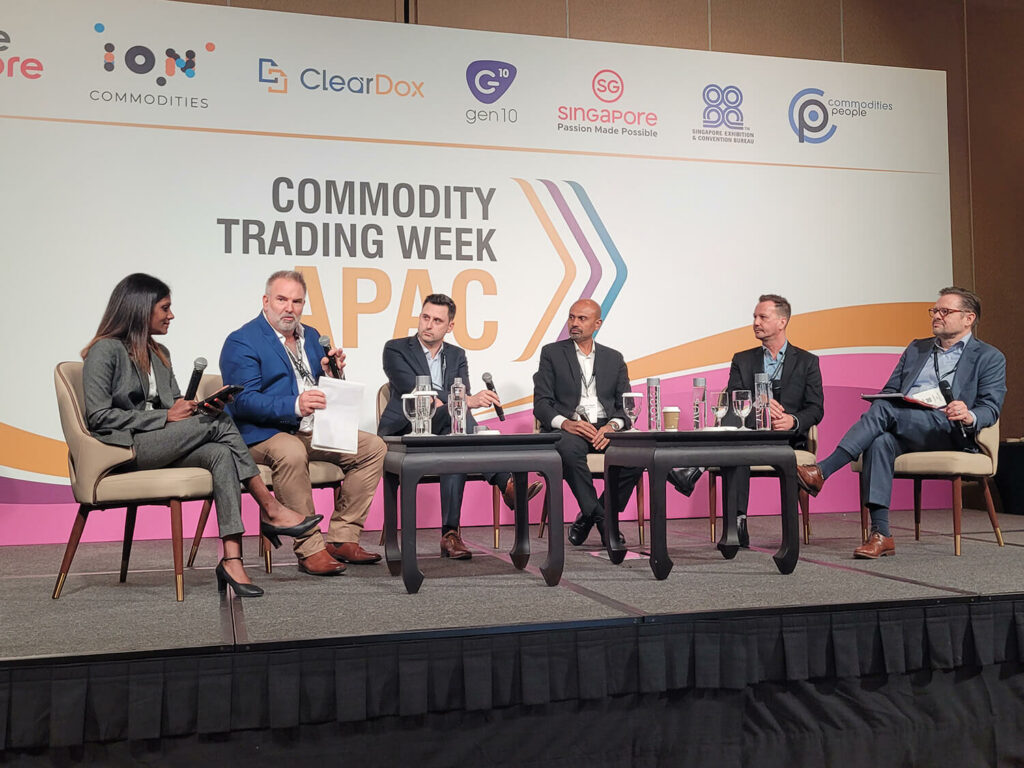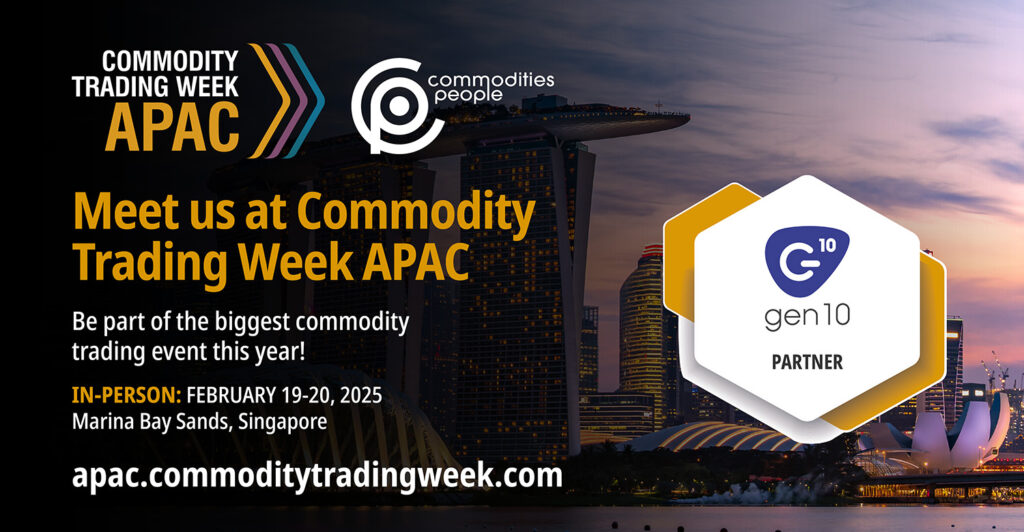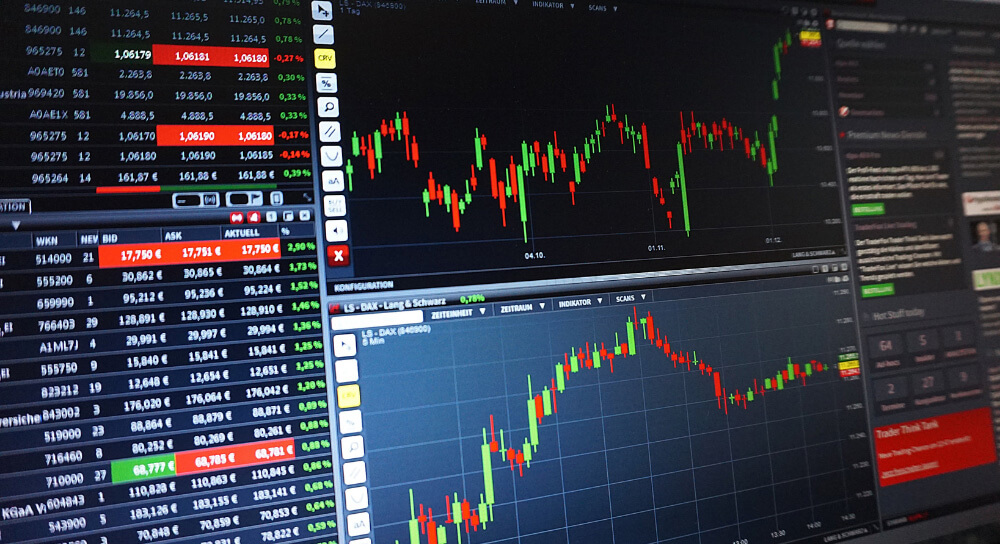It is not news that many organisations are working to reduce their environmental impact, with an ever-growing interest in the purchase of carbon credits to offset organisations’ emissions of carbon dioxide and/or other greenhouse gases.
Carbon credits are often viewed as part of the ESG agenda, particularly if they are not mandatory for the business’ operations, and purchasing the credits is often the responsibility of procurement teams. However, there is a slowly growing recognition that these credits are often oversimplified, and behind each digital credit is a physical asset with complex operations and risks, that will look very familiar to those in the commodities sector, bringing carbon under the purview of risk managers.
Below, we explore the attributes of carbon credits that overlap with commodity risk management, covering:
- How do you value a carbon credit?
- Carbon futures markets
- Regulatory risk
- Managing complexity at scale
- Creating robust carbon contracts
- Operational risk management
- Auditability
- Scaling carbon expertise
How do you value a carbon credit?
Carbon offsets are not as standardised as the term “carbon credit” may at first suggest. Some of the many factors that affect the price include:
- Which UN Sustainable Development Goals the project supports
- Whether the host nation has agreed to issue a corresponding adjustment
- Whether the project removes or prevents CO2 emissions
- The credit’s vintage, ie the year it was issued.
With so many variables, it can be difficult to value each credit, and to understand the price risk the business is exposed to. This risk is only magnified when traders and procurement teams attempt to manage their often-sizeable portfolios using inappropriate tools such as spreadsheets.
Spreadsheets introduce a wide range of risks into the business, including typing and copying errors, multiple and contradictory sources of information, and data or formulae being overwritten. There is very little capacity to audit spreadsheets, making reporting and tracking errors very difficult. And they also mean that risk managers do not have a live view of current positions, leading to potentially inaccurate hedging and uncertain risk controls.
As demand for carbon credits continues to grow, both spot and futures markets are developing – and seeing a great deal of price volatility. In compliance markets, the variable attributes of each carbon project are reduced to ensuring that the credit meets a minimum standard; providing uniformity but meaning the data on a credit’s added value can be lost.
Meanwhile, voluntary markets are in an earlier phase of growth, with some exchanges and data providers beginning to give forward curves for credits meeting various standards, but the lack of standardisation means that there is low liquidity as credits are priced differently.
Carbon futures markets
Compliance markets
Credits can be purchased on the spot market for immediate delivery, as part of an ongoing agreement where they are delivered over time, or in advance on futures markets.
In secondary compliance markets (ie after a credit has been sold by a producer), the majority of trading takes place through derivates; futures contracts that are physically settled (the credit is transferred) at a later date. Trading carbon derivatives allows organisations to value their carbon exposure based on the market, hedge against future changes in the price of carbon, and budget for their anticipated future emissions.
In contrast, if organisations purchase carbon credits in the spot market when they need them to meet their regulatory commitments, they are dependent on the current market prices, which can be particularly volatile.
Voluntary markets
And carbon futures are not only a feature of compliance markets. With many organisations making net zero commitments of their own, voluntary markets carry many of the same price risks as compliance markets.
They therefore also include the same risk management tools such as futures contracts to help organisations manage their carbon exposure over a longer time-period. For example, the CME has a suite of voluntary carbon derivatives, including the Global Emissions Offset (GEO), Nature-Based Global Emissions Offset (N-GEO) and Core Global Emissions Offset (C-GEO) contracts.
As mentioned above, the challenge in purchasing credits in voluntary futures markets lies in the lack of liquidity. Without this liquidity, organisations cannot hedge their risks as they would in other markets. They also conduct more agreements as non-standard over-the-counter contracts.
The lack of liquidity can also mean that sellers struggle to meet their obligations, so it is very important for both parties to agree on contract optionality and acceptable substitutions for every carbon purchase agreement.
External risk pressures
It is not only the need to protect the business from price risk that is driving this risk-centric view of carbon. Regulators globally are increasing the requirement for organisations to include climate risk reports, and the latest proposal from the SEC would include climate risks, governance of climate-related risks and risk management processes. And investors and consumers are also putting more pressure on organisations to properly assess climate risks.
As carbon markets continue to develop, they are becoming increasingly regulated and resembling existing financial and commodity markets. Traders taking speculative positions on these markets provide much-needed liquidity, but regulators including ESMA and the CFTC are considering imposing position limits to reduce the adverse impact of speculative trading. These position limits would be another risk factor for all participants in carbon markets to manage, one that risk managers are well-versed in.
However, at present, many buyers and traders in carbon markets have neither the processes nor the technologies to manage their carbon positions and assets, often introducing even more risk into their business by managing this complex asset on spreadsheets. This needs to change.
Scaling carbon operations
So, if carbon is a risk for your business and sits within the risk management team, how do you manage it and enable your operations to scale? We recently took the example of just one attribute of carbon credits to demonstrate how complex each credit can be and why it needs dedicated carbon management technology – not spreadsheets.
With a wide range of credit attributes, you need effective carbon management such as Gen10’s NetZero OS to make sure you are using the rights credits and options in each circumstance. NetZero OS also allows you to value your carbon exposure, provide real-time position data to all who need it and ensure your organisation’s hedging strategy is effectively protecting your business from future price moves.
Creating robust carbon contracts
NetZero OS provides robust contract management, including contract templates, automated pricing calculations, approval workflows and digital signatures. The system can also include your own checks and balances, such as ensuring substitutions are agreed and included.
The contract module builds expertise within your team, even amongst those new to carbon markets, by ensuring all contracts are robust and include all the clauses and optionality your business needs. It allows your organisation to enter into agreements with certainty and protection, whilst allowing for contracts with unlimited optionality.
This optionality is particularly important as voluntary carbon markets are still developing and can be subject to many shocks; many of which may not even be on the radar until they happen, such as Indonesia recently preventing credits produced in the country being used internationally. Contracts therefore need to have the flexibility and governance to respond to unknown risks, as well as those we are used to calculating.
And the inbuilt premium and discount functionality within NetZero OS allows your team to add optionality to any contract variable, as well as providing easy what-if analysis by automatically recalculating pricing as any number of contract options change.
Operational risk management
NetZero OS is powered by automated workflows that ensure your processes are followed, from ensuring contracts follow a given template to progressing credit retirement through your approval workflow.
The workflows include comprehensive inventory management, developed over Gen10’s 20+ years in managing physical commodities, and a range of checks and balances to ensure credits are recorded and matched accurately, such as ensuring a credit’s attributes match the contract specification, and ensuring credits have the correct attributes to be used as a given offset.
These workflows, checks and alerts reduce the operational risk of mistakes, as well as ensuring your complete carbon inventory is stored in one secure but accessible location, with one single source of truth for all operations and risk reporting. It removes any need to manage parts of the process on spreadsheets so keeps all operations within your agreed processes and auditable system.
The inventory management allows you to value and differentiate between all of your carbon assets, with the ability to price and select credits based on whichever attributes matter to your people.
Auditability
NetZero OS creates a digital audit of every action carried out within the system, not only ensuring your processes are followed, but providing clear compliance evidence, as well as making it easy for your people to track every attribute and certificate of every credit. The audit trail and verifiable processes also demonstrate governance for investors, clients, and regulators.
You can also provide credit verification to clients and other stakeholders. The system includes tools to capture details of all counterparties, certificates, and contracts, logged against each credit so that they can be traced across your operations.
Carbon expertise – a scarce resource
The complexity, novelty, and speed of growth in carbon markets mean that recruiting carbon trading experts is very difficult, which limits the potential for organisations to establish or grow their carbon operations.
NetZero OS provides a safe environment with the controls to scale your operations with minimal carbon expertise. By synthesising your organisation’s carbon knowledge into clear business processes supported by technology, it is easier to onboard new staff, who do not need to be experts trained specifically in carbon.
Rather than needing to understand every nuance of a complex and still developing carbon market, your team simply need to understand the business processes and how to use the technology, with the checks and balances ensuring your processes are followed.
These processes are supported by the expertise in contract and inventory management that has informed Gen10’s commodity management systems for decades, which, thanks to NetZero OS, can now be applied to carbon markets.
NetZero OS allows you to scale up your carbon operations, protect your organisation from risk and realise the full benefits of these exciting new markets.
Want to read more?
Subscribe now for monthly updates
By submitting your details you agree that we can store your data and communicate with you. You can opt out of these communications at any time. Read all in our Privacy Policy.



